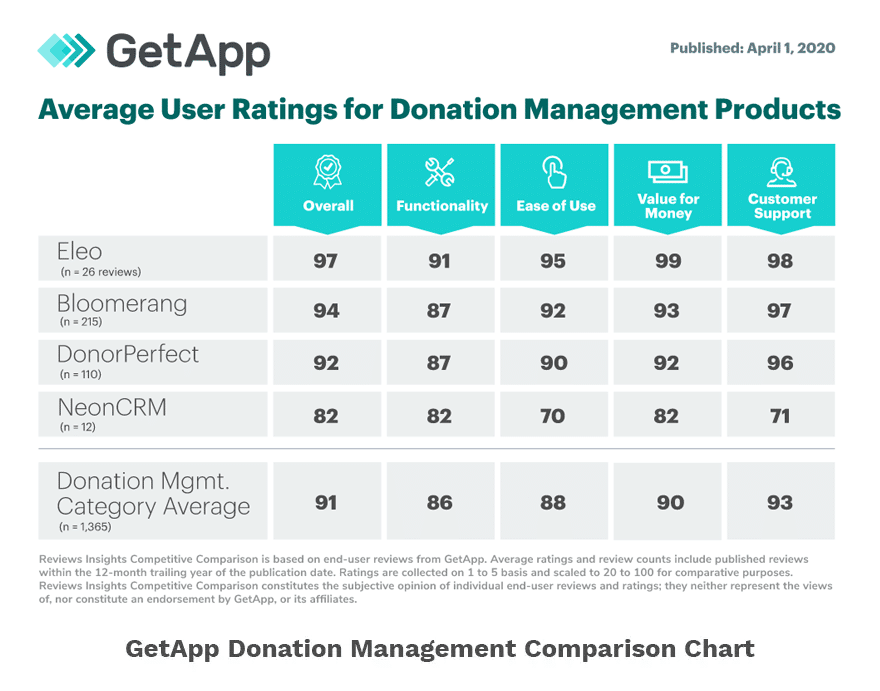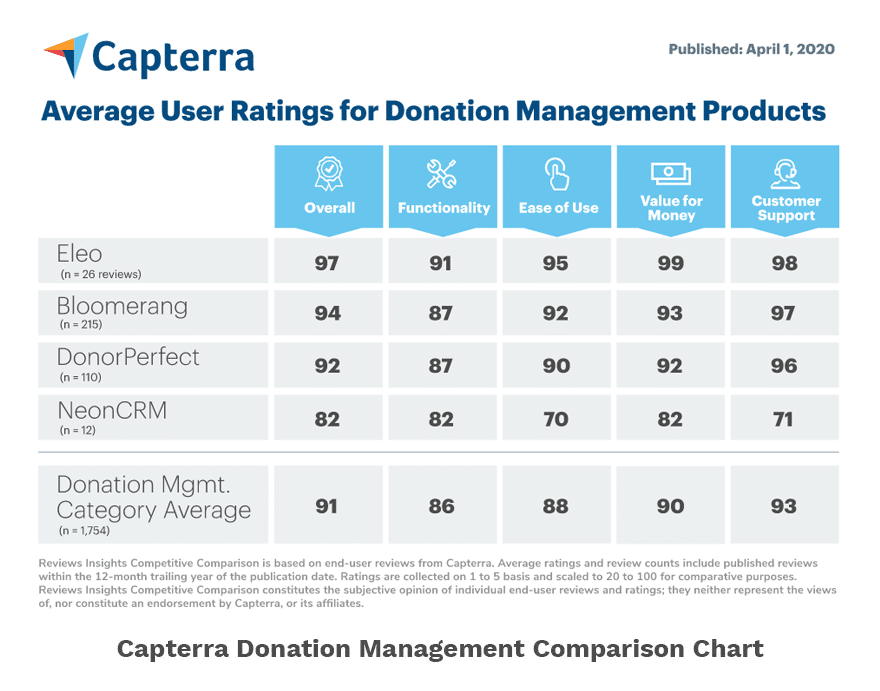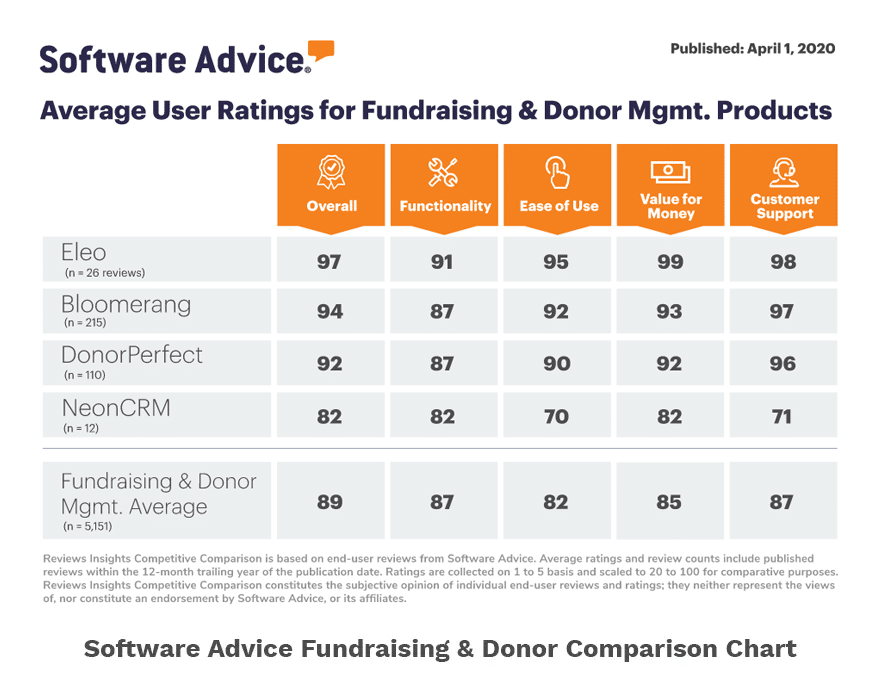
Every nonprofit will face unique challenges; however, there are some nearly universal struggles, especially among small shops. Based on our daily interactions with small nonprofits, here are five of the biggest problems we hear about and our recommendations for fixing them.
Nonprofit Challenge #1: Low Donor Retention Rates
According to the 2018 Fundraising Effectiveness Survey Report from the Fundraising Effectiveness Project, the average donor retention rate remained flat at 45.5 percent from 2017. In 2019, there is an increased concern surrounding donor retention, especially due to the recent tax reforms. In many cases, it has become simpler for donors to take the standard deduction option instead of itemizing philanthropic giving on their tax returns.
Keys to Fixing the Problem: Engage donors on a regular basis, not just when you need a donation. Instead of sending mass emails, try to allocate time to call your donors, schedule face-to-face meetings, connect via social media, and mail handwritten letters. Show the real-world impact of donor gifts by sharing stories, videos and photos. Make sure donors feel consistently connected and involved with your nonprofit.
Nonprofit Challenge #2: Sustainability
Well-intentioned nonprofits remain focused on their mission but struggle to devote enough time to the business of raising money. To function effectively, a non-profit must try to hone in on sustainability. Sustainability stems from a stable, predictable flow of money and allows you to plan for the future.
Keys to Fixing the Problem: Don’t take a “nonprofit” designation too literally. Nonprofits can and should try to make a profit and build a reserve fund to ensure sustainability. Run your small shop like a small business. Create a business plan. Develop consistent marketing. Use the same branding across all social media. Keep in mind that fundraising is essentially sales for nonprofits. Take a strategic approach to your fundraising plan and track your progress closely.
Nonprofit Challenge #3: Limited Resources
Most nonprofits have limited resources. Usually, the limits are not just financial but also permeate the arenas of staffing, expertise, physical space, professionality, supplies and transportation.
Keys to Fixing the Problem: Partner with like-minded or complementary nonprofits. Let’s say your organization has a large office with plenty of space but you struggle with consistent marketing techniques. Pool your resources. Partner with a non-profit who excels at branding but doesn’t have enough space for growth. You can offer your office in exchange for help with marketing. The goal is to develop mutually beneficial relationships.
Nonprofit Challenge #4: Lack of Unrestricted Funding
More and more donors want to earmark their gifts for a specific fund or program. This often leaves small shops short of funding for basic operational expenses. Nonprofits want to invest in development and new programs. However, without general funds, they can barely keep the lights on.
Keys to Fixing the Problem: The first step is to build trust with donors so they feel confident that their gifts will be used for a worthwhile purpose. To validate their trust, keep them posted along the way – show live updates through social media accounts and send regular campaign announcements. It is also important to provide end-of-year reporting that shows exactly where and how a donor’s money was spent.
Tip – try surveys! Surveys gather feedback and provide insight into your donor’s preferences without running your ‘General Fund’ dry.
Nonprofit Challenge #5: Confusion About Expectations of the Board
Many Board Members want to contribute to the organization but aren’t exactly sure what’s expected of them.
Keys to Fixing the Problem: Set up your team for success by putting the right systems in place. Clarify expectations and goals from the beginning. It can be helpful to create a contract for each board member that lays out roles and responsibilities for their position. There should be a passing of the torch from previous members to the incoming board. The goal being – have everyone on the same page before projects begin.
Challenges faced by small nonprofits can be overcome with thoughtful planning and commitment. Take the initiative to identify specific areas in which your organization is struggling and look to develop and implement long-term solutions.







